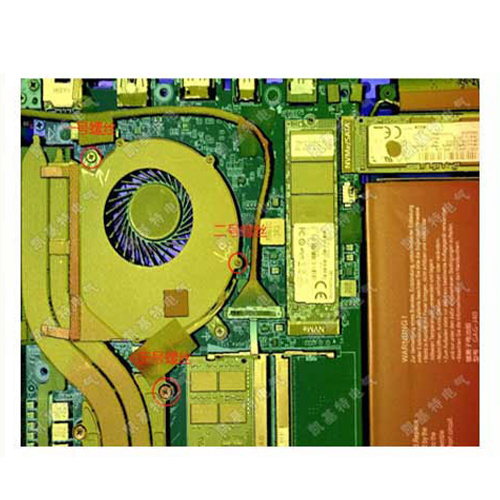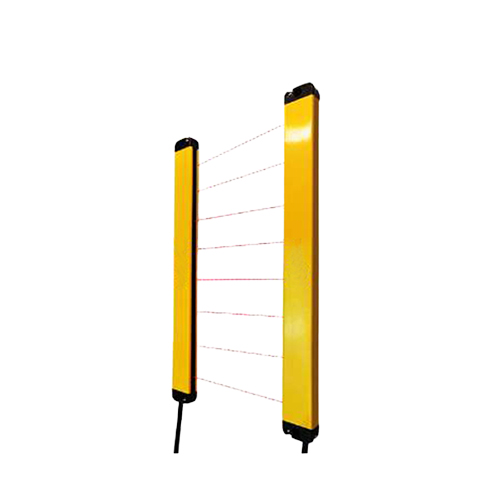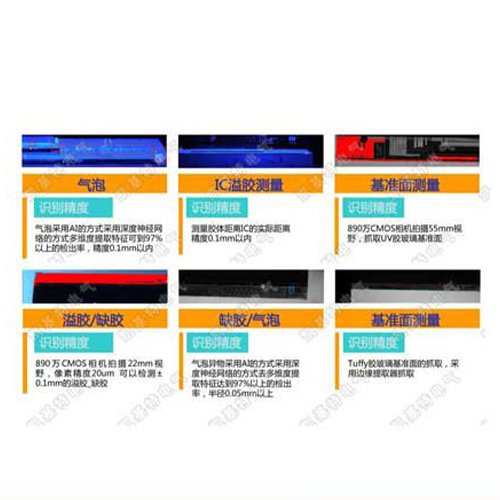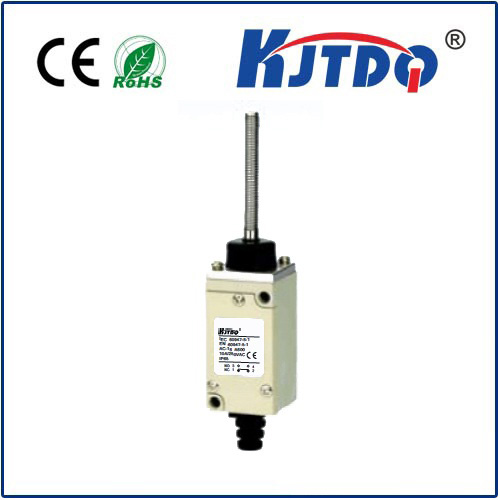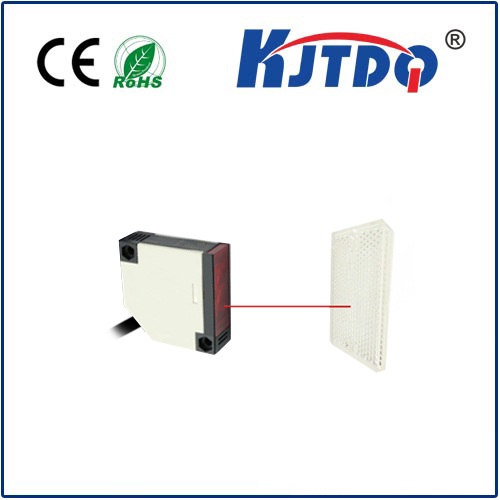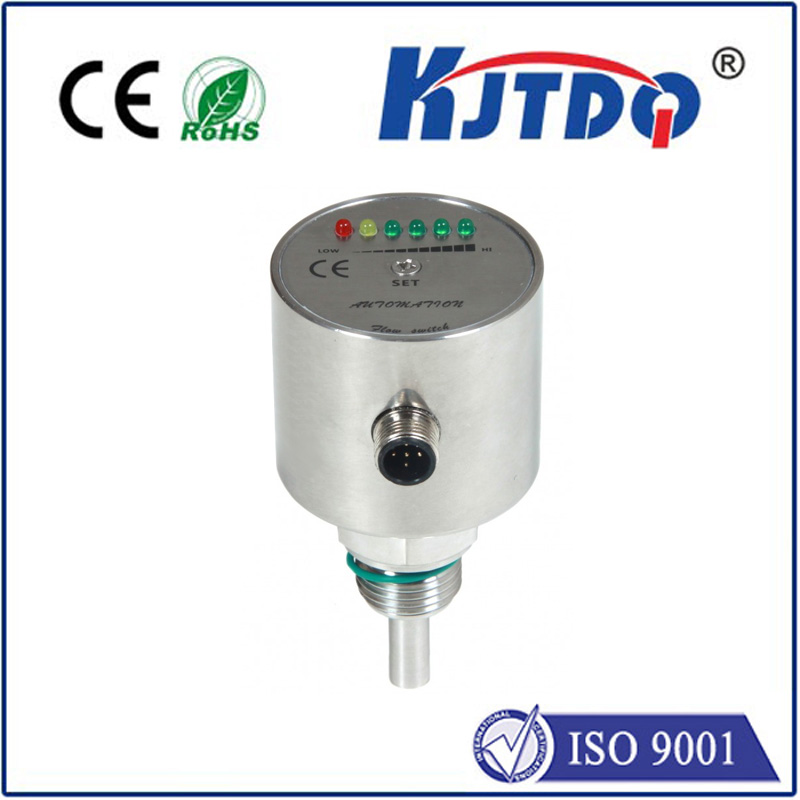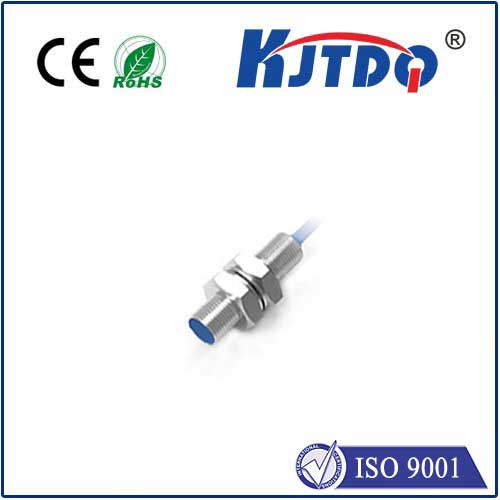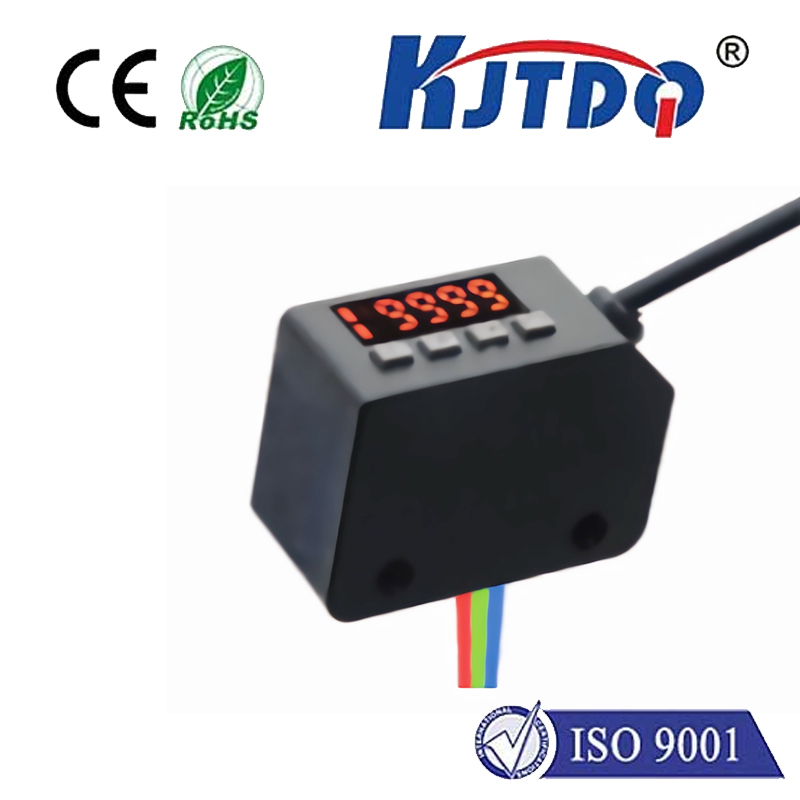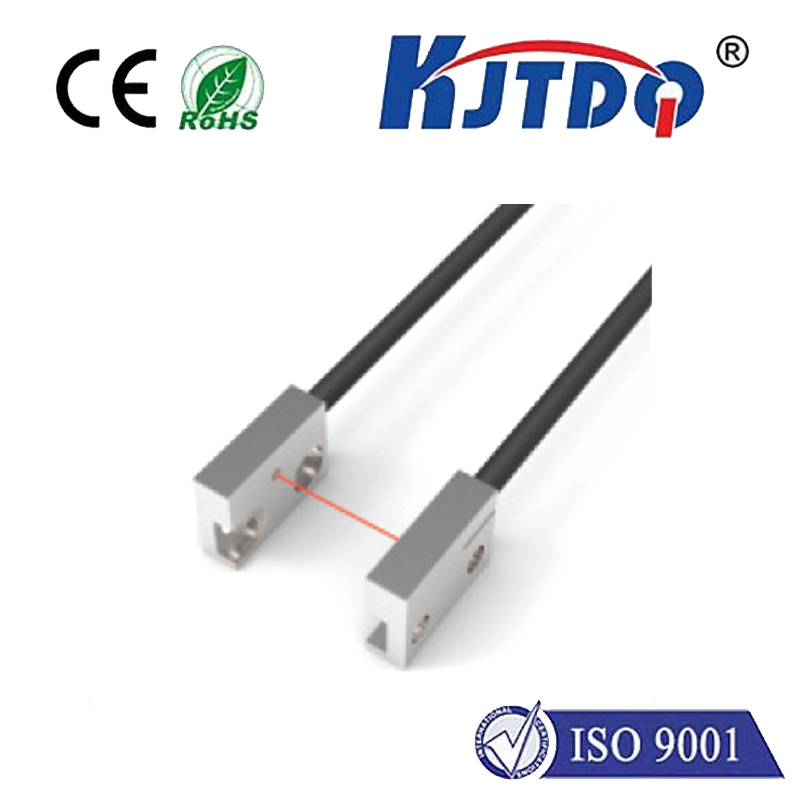sensing distance of proximity sensor
- time:2025-07-18 08:49:15
- Нажмите:0
Proximity Sensor Sensing Distance: Mastering Detection Range for Optimal Performance
Ever grabbed your phone, only to have the screen illuminate before you even touch it? Or approached an automatic door that magically slides open? That unseen force, often operating flawlessly in the background, is likely a датчик приближения. At the heart of its functionality lies a critical parameter: the sensing distance. Understanding this specification isn’t just technical jargon; it’s fundamental to selecting, installing, and utilizing these ubiquitous sensors effectively across countless applications – from industrial automation and robotics to consumer electronics and automotive safety systems. This distance determines how close an object needs to be for reliable detection, impacting everything from system efficiency to safety protocols.
Defining the Core: What is Sensing Distance?
Simply put, the sensing distance (also referred to as the nominal sensing range or operating distance) is the maximum distance at which a proximity sensor can reliably detect the presence of a specified standard target under defined conditions. It’s not a vague “detection zone” but a specified, measurable value crucial for design and implementation. Think of it as the sensor’s “arm’s length” – its effective reach for non-contact sensing.
Key Considerations Influencing Sensing Distance
Several critical factors directly impact the achievable and reliable sensing distance of a proximity sensor. Ignoring these is a recipe for unreliable performance:
- Target Material: This is paramount, especially for inductive and capacitive sensors. Inductive proximity sensors excel at detecting ferrous metals (like iron, steel) but have significantly reduced range for non-ferrous metals (aluminum, brass, copper) and often cannot detect non-metallic objects at all. Capacitive proximity sensors detect a broader range of materials, including metals, liquids, plastics, and wood, but their range is also material-dependent, generally being shorter than inductive sensors for metals but longer for non-metals.
- Target Size and Shape: Larger targets reflecting more energy (for photoelectric sensors) or presenting a larger surface area (for capacitive/inductive) are typically detectable at greater distances. Smaller or oddly shaped targets may require the sensor to be closer. Manufacturers usually specify sensing distance using a standard target size (e.g., a square steel plate for inductive sensors) for consistent comparison.
- Sensor Technology: The fundamental operating principle dictates inherent range capabilities:
- Inductive Proximity Sensors: Detect metallic objects via electromagnetic fields. Typical ranges: 1mm to 60mm, though specialized models exist beyond this. Excellent for metal detection in harsh environments.
- Capacitive Proximity Sensors: Detect objects by changes in capacitance. Ranges: Often similar to inductive (mm to tens of mm), extendable sometimes for large targets, versatile for non-metals. Sensitive to environmental factors like humidity.
- Photoelectric Proximity Sensors: Use light beams (visible, IR, laser). Offer the greatest sensing distances, ranging from a few centimeters up to several tens of meters, depending on type (diffuse, retro-reflective, through-beam).
- Ultrasonic Proximity Sensors: Emit sound waves and detect echoes. Ranges typically span from centimeters to several meters, capable of detecting diverse materials and functioning in challenging optical conditions (dust, fog).
- Environmental Conditions: Factors like temperature extremes, humidity, dust, oil, electromagnetic interference (EMI), or ambient light (for photoelectrics) can reduce the effective sensing distance or cause false triggers. Always consult the sensor datasheet for operating environment specifications and derating information.
- Mounting and Surrounding Materials: Sensors mounted flush in metal (for inductive/capacitive) often have reduced range compared to non-flush mounting. Nearby metallic objects (“surrounding metal”) can distort the sensing field, also potentially reducing the effective range. Installation guidelines are critical.
- Sensor Specifics: Even within the same technology family, different sensor models (size, power, lens type for photoelectric, frequency for ultrasonic) are designed for specific range capabilities. Selecting a sensor rated for at least your required minimum distance is essential.
Why Sensing Distance Accuracy Matters: Beyond the Spec Sheet
While the nominal sensing distance is a vital starting point, achieving reliable detection demands understanding its nuances:
- Hysteresis: This is the difference between the switch-on point (when the sensor detects an approaching target) and the switch-off point (when the target moves away). Hysteresis prevents chatter near the sensing point and is critical for stable operation. It effectively creates a “dead zone” within the nominal range.
- Tolerance and Repeatability: Manufacturing tolerances mean the actual sensing distance of any specific sensor might be slightly above or below the nominal value. Repeatability, however, refers to how consistently the same sensor detects the same target at the same distance point under stable conditions – this is often more crucial than absolute tolerance for reliable machine control.
- Temperature Drift: Sensing distance can vary with ambient temperature. High-quality sensors specify derating factors in their datasheets, allowing you to calculate the effective range under non-standard temperatures.
- Voltage Fluctuations: Changes in the supply voltage can sometimes influence the sensing distance, particularly for analog output sensors or certain technologies.
Selecting the Right Sensing Distance: Practical Application Tips
Choosing the optimal sensor isn’t just about picking the longest range available. Consider these steps:
- Define the Minimum Required Distance: Measure the maximum gap between the sensor mounting location and the closest point the target will reach during normal operation. Add a safety margin (e.g., 10-20%) to this distance to account for tolerances, vibration, and drift over time.
- Identify the Target Material: This immediately narrows down the viable technologies (e.g., use inductive for ferrous metal, consider capacitive or photoelectric for plastic).
- Assess the Environment: Will the sensor face dust, moisture, temperature extremes, EMI, or strong ambient light? This influences both technology choice and the required housing rating (IP rating).
- Review Mounting Constraints: Can the sensor be mounted flush or non-flush? How much space is available? Are there adjacent materials that could interfere?
- Consult Detailed Specifications: Don’t rely solely on the headline sensing distance figure. Dive into the datasheet for:
- The exact standard target used.
- Information on hysteresis.
- Rated operating distance and assured operating distance (the range guaranteed to work within specified conditions and tolerances).
- Temperature derating factors.
- Mounting requirements and surrounding material influences.
- Repeatability specifications.
Optimizing Performance in Real-World Scenarios
Understanding sensing distance empowers you to troubleshoot and optimize:
- If detection is unreliable: Check if the actual target distance exceeds the sensor’s effective range under current conditions (considering target material, temperature, etc.). Verify the target is within the sensing field; alignment is critical, especially for photoelectric sensors. Look for environmental interference.
- Avoiding False Trigurs: Ensure the sensor’s range isn’t set so sensitively that it detects unintended objects beyond the target area. Adjust sensitivity if possible (many photoelectric and capacitive sensors offer this), reposition the sensor, or use shielding.
- Maximizing Machine Throughput: For high-speed applications, ensuring a sufficient sensing distance allows earlier detection, giving the control system more time to react, potentially increasing cycle rates safely.
Mastering the concept of proximity sensor sensing distance is not merely an academic exercise. It’s the cornerstone for designing robust, efficient, and reliable automated systems. By carefully considering target properties, environmental factors, mounting constraints, and the inherent characteristics of different sensor technologies, you ensure your sensors operate predictably within their specified range, contributing seamlessly to the smooth and safe functioning of countless applications that rely on this invisible but indispensable sense of “touch at a distance.”
